
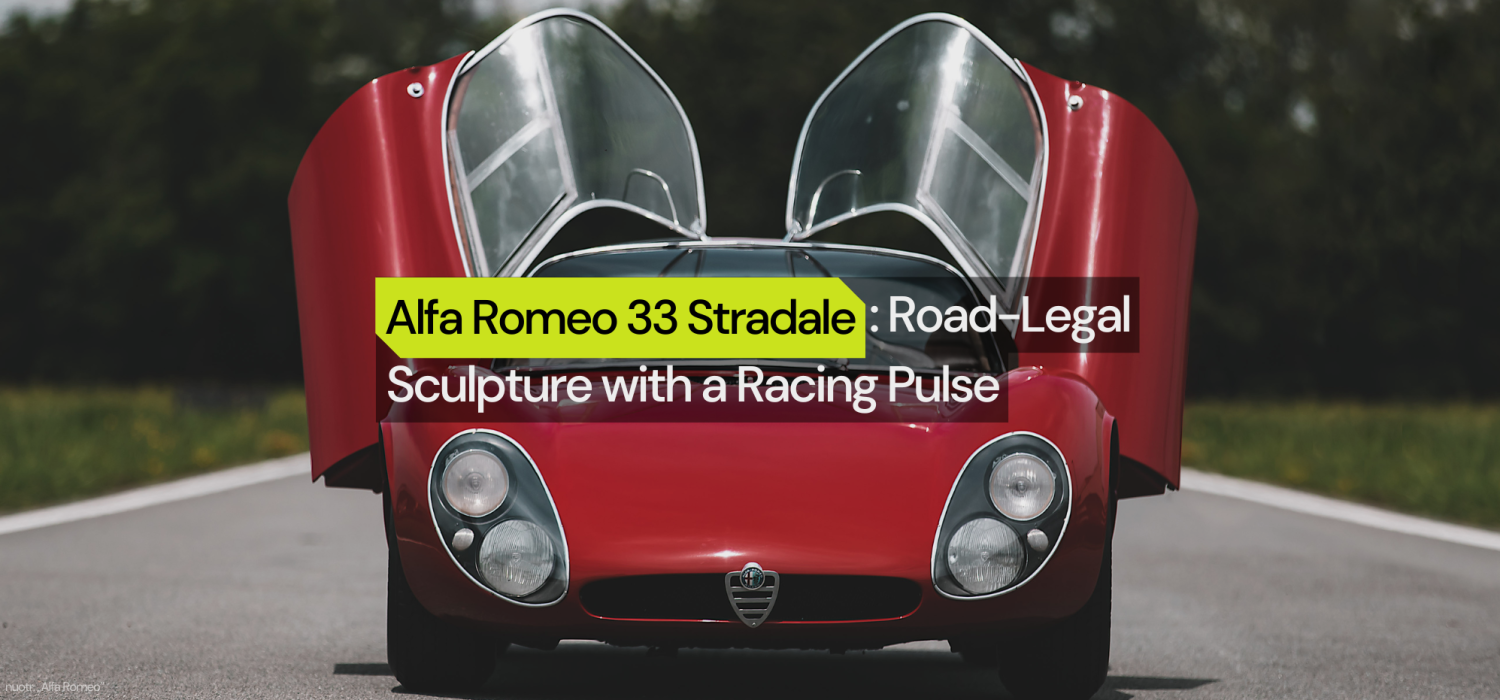
1967 Alfa Romeo 33 Stradale: Road-Legal Sculpture with a Racing Pulse
From Racing Prototype to Road-Legal Sculpture
In the world of collectible cars, a few arrive fully formed as legends. The 1967 Alfa Romeo 33 Stradale is one of them – a road-going distillation of the Tipo 33 race car, shaped by Franco Scaglione into something as purposeful as it is poetic. Built in tiny numbers and engineered with competition hardware, it felt less like a product and more like a work of speed you could register.
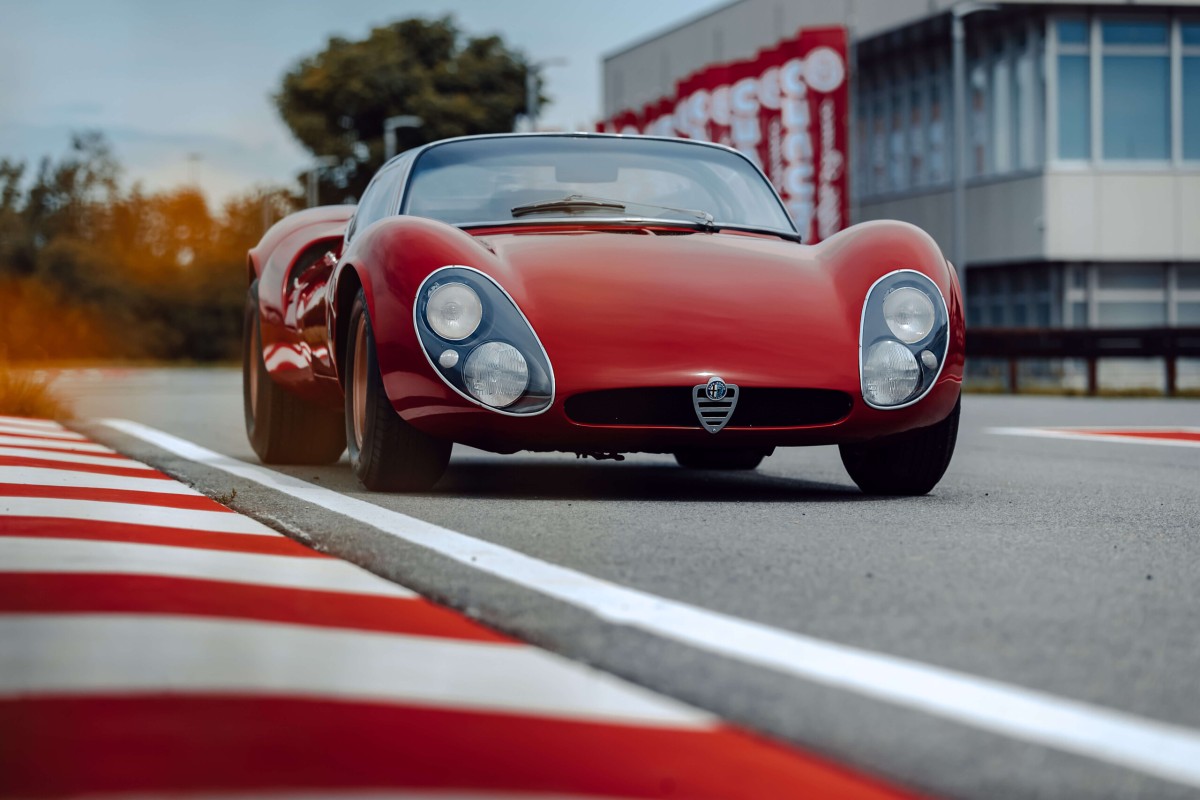
Nearly six decades on, the 33 Stradale stands as a fixed point in Italian automotive culture, often cited among the most beautiful production cars ever made and coveted by top collections worldwide. Its value has followed its reputation: rare, uncompromised, and increasingly out of reach, the Stradale remains a benchmark for what “collectible” truly means.
How many 33 Stradales were built?
Eighteen chassis – and that’s where the mythology starts. Eight became road cars; five underpinned a series of coachbuilt concept cars from Pininfarina, Bertone, and Italdesign (one chassis used twice). That tiny run, each car subtly different in build and set-up, is why historians treat the Stradale as both model and micro-series.
Even among 1960s exotics, the Stradale’s low mass and crank-sharp V8 make it unusual: minimal inertia, vivid throttle, a chassis that moves with you rather than under you. There’s no servo assistance to flatter inputs, no electronics to rescue you; it’s communicative rather than intimidating. Owners who do exercise their cars typically preserve originality with reversible maintenance – a configuration that sustains value and keeps the experience honest.
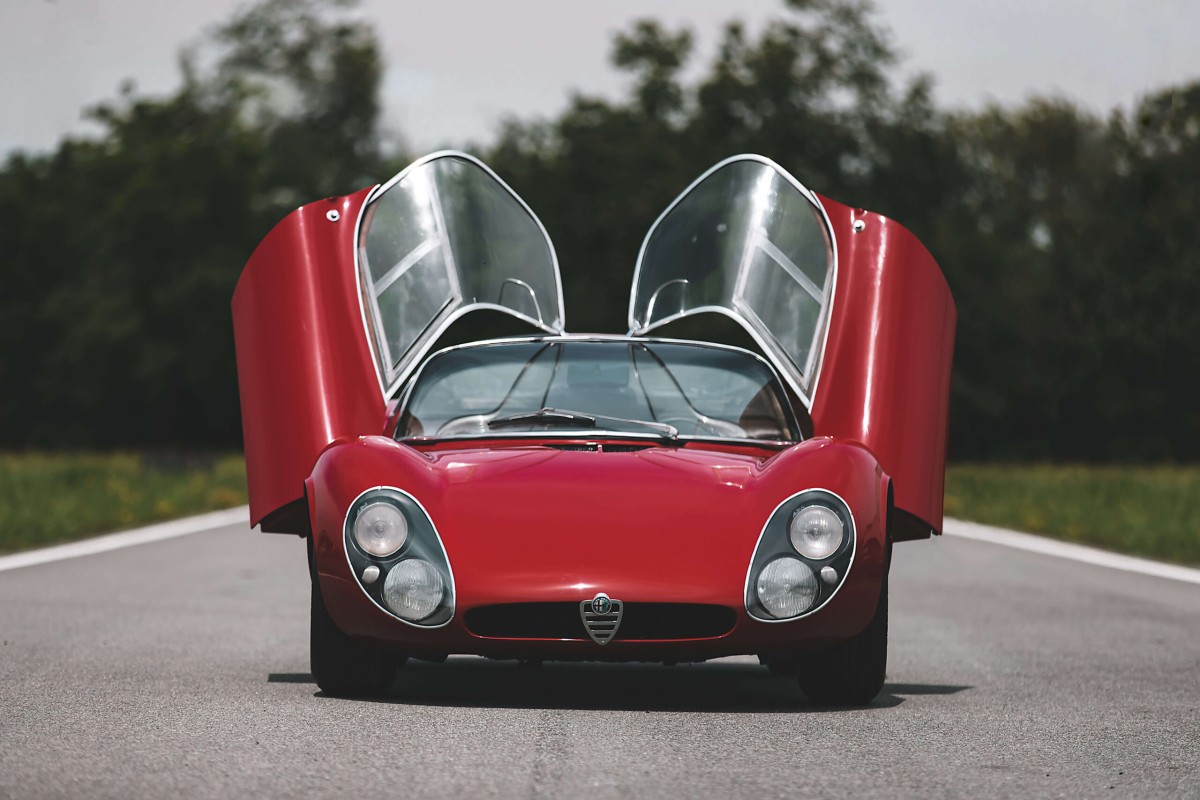
How did the 33 Stradale go from costly curiosity to blue-chip collectible?
Alfa asked a fortune in period: about 15k euros – roughly 20% more than a Lamborghini Miura – making the Stradale the priciest road car you could buy in 1968. That sticker slowed early sales but set the tone for what it was: a prototype-grade object offered to civilians.
Today, scarcity and significance have done their work. Hagerty’s UK valuation tool places the model in the mid-eight-figure bracket, with guide values around 15-17 million euros depending on condition. Public auction appearances are vanishingly rare; most trading is private, discreet, and museum-level. For serious collectors and funds that traffic in cultural assets, it’s about scarcity you can count on one hand – and provenance that reads like an exhibition label.
What underpins that value – design, history, or performance?
All three. The Stradale is one of the clearest links between a works racing program and a road-legal object; it is also a benchmark in Italian form language, where downwash, tumblehome, and volume are resolved without aggression. Then there is the driving: sub-700 kg, a razor-edged, naturally aspirated V8 that begs for revs, and a manual gearbox with race-grade internals. Each pillar on its own is compelling; together they make the Stradale a textbook case for long-term desirability and value retention. Hard public comps are scarce because owners rarely consign them.
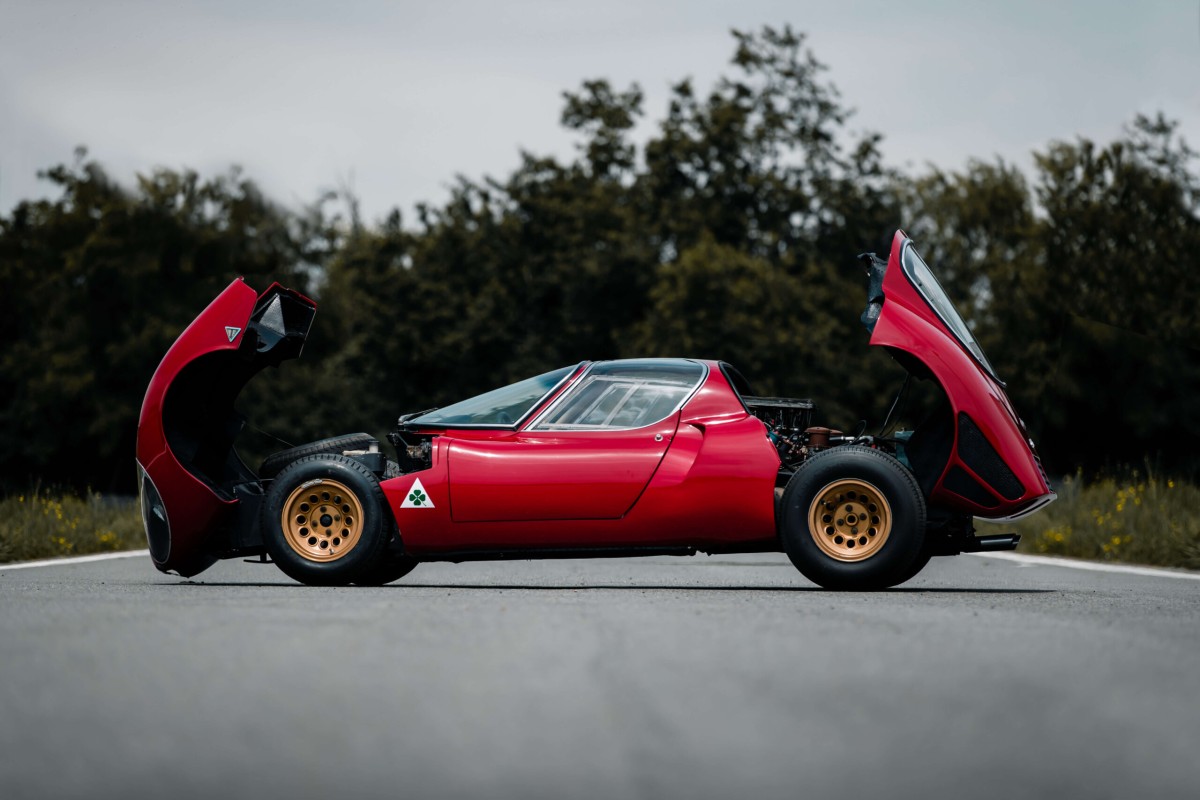
Where are surviving cars, and who owns them?
A small number live where you’d expect: museums and flagship brand collections. Museo Storico Alfa Romeo in Arese (Milan) preserves a Stradale alongside an extraordinary cluster of 33-series race cars and coachbuilt concepts. Several complete road cars and prototypes have spent time in Japan, the UK, continental Europe, and the U.S., moving between serious collectors with documented restorations and concours showings. One well-documented example – chassis 75033.104 – migrated from Italy to Japan, then to the U.S. for a full restoration and Pebble Beach showing in 2006, before settling with a British owner. This is typical of the ownership profile: long custodianship, careful mileage, specialists on speed-dial.
Which concept cars were built on a 33 Stradale chassis, and why do they matter?
Because they show the Stradale’s influence wasn’t only mechanical; it was a platform for ideas. Six headline studies sat on 33 underpinnings: Bertone Carabo (a stylistic ancestor to the Countach’s scissor-door theatrics), Bertone Navajo, Italdesign Iguana, Pininfarina 33/2 Coupé Speciale, plus Pininfarina’s P33 Roadster/Cuneo evolution. Together they chart a decade of Italian futurism – and explain why the Stradale is often cited in “most beautiful” lists by designers rather than only by owners. 8C Competizione and other limited models carried the same gene, but it was most directly noticed in the modern homage that brought the name back in 2023. The through-line is clear: disciplined mass, sensual surface control, and the belief that a driver’s car can be elegant rather than aggressive. That philosophy, more than numbers, is the Stradale’s export.
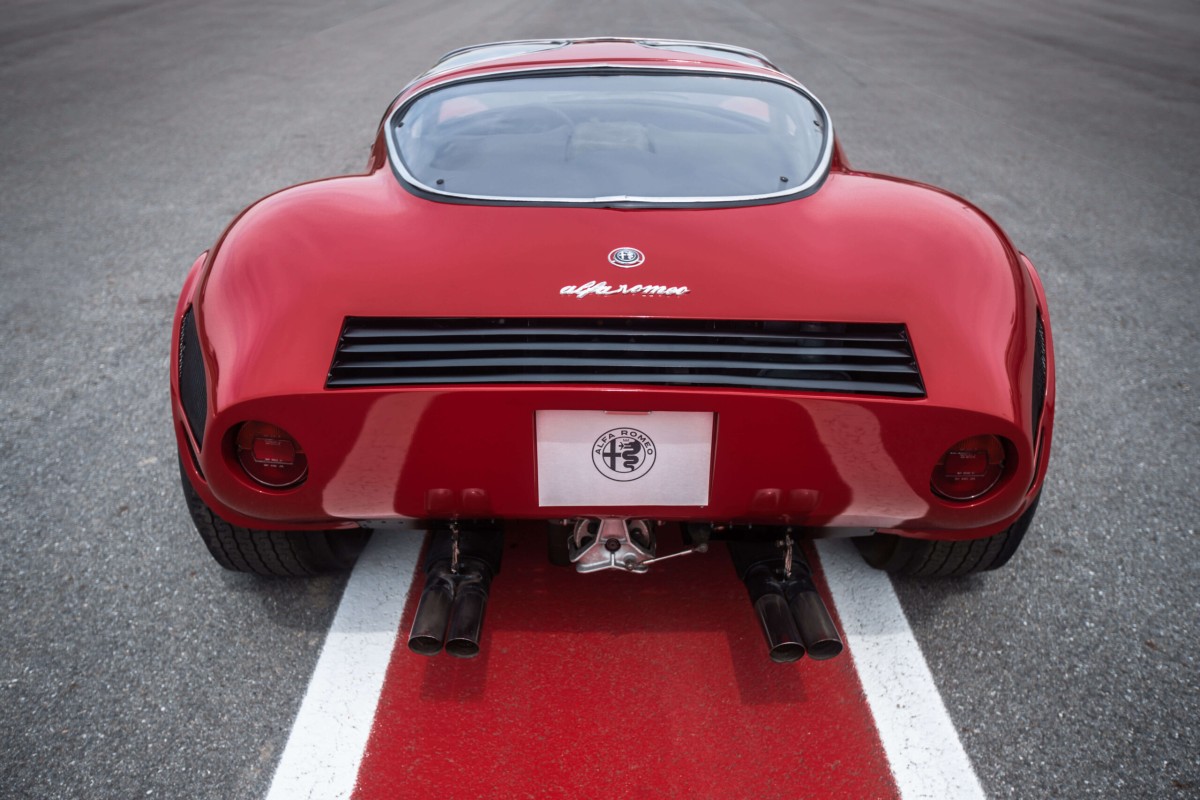
Did later Alfa Romeo models inherit the same spirit?
Absolutely. That spirit lived on in the 8C Competizione and other limited-production models, but collectors felt it most clearly in 2023, when Alfa Romeo revived the Stradale name with an all-new creation – the 2023 Alfa Romeo 33 Stradale. Through it, the original Stradale’s philosophy was unmistakably continued: low weight, sophisticated design, and elegance over aggression.
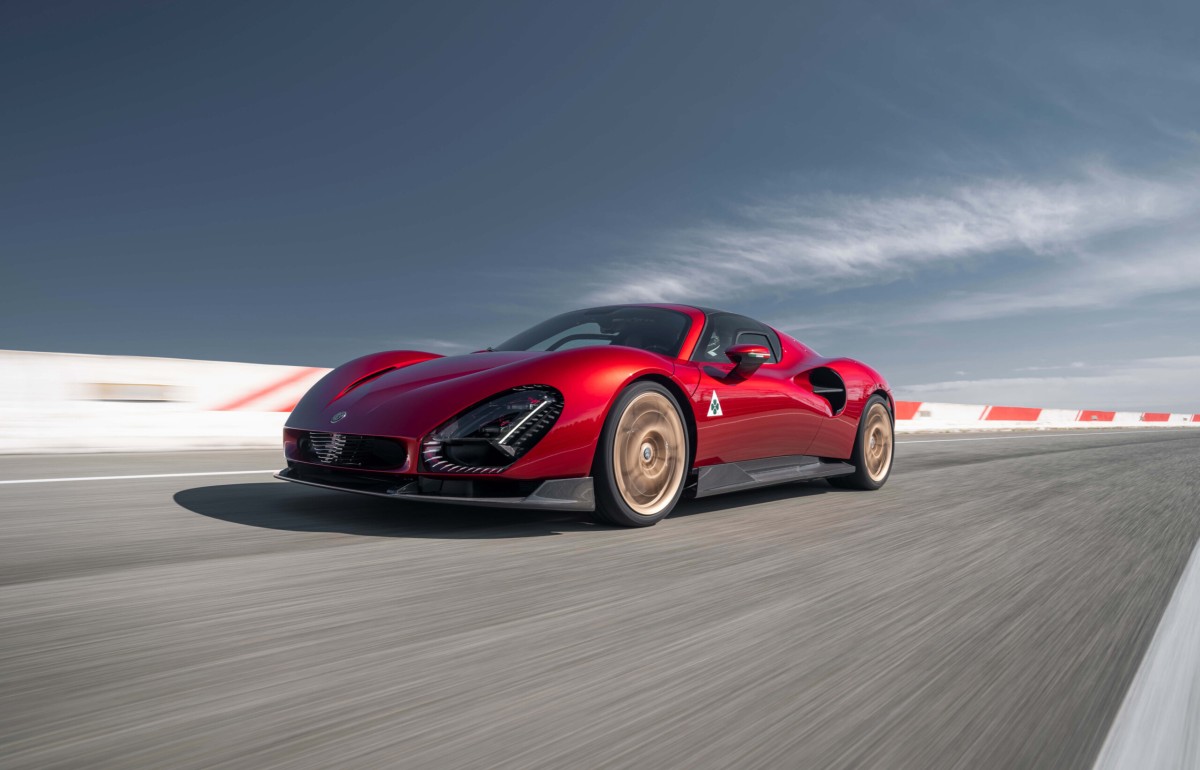
What is the 2023 Alfa Romeo 33 Stradale?
It’s a handcrafted, 33-unit halo project offering either a high-output twin-turbo V6 with rear-drive and DCT or a tri-motor EV configuration – a modern coachbuilt Alfa executed with a “Bottega” approach where each client co-created materials and details. Pricing was quoted around €1.6–1.7 million, and all cars were spoken for swiftly.
For owners and investors in the 1967 original, this matters because a brand only revives a name like this when the heritage car is more than a footnote – it’s a foundation. Halo attention washes back on the classic, educating a younger audience and reinforcing blue-chip status.
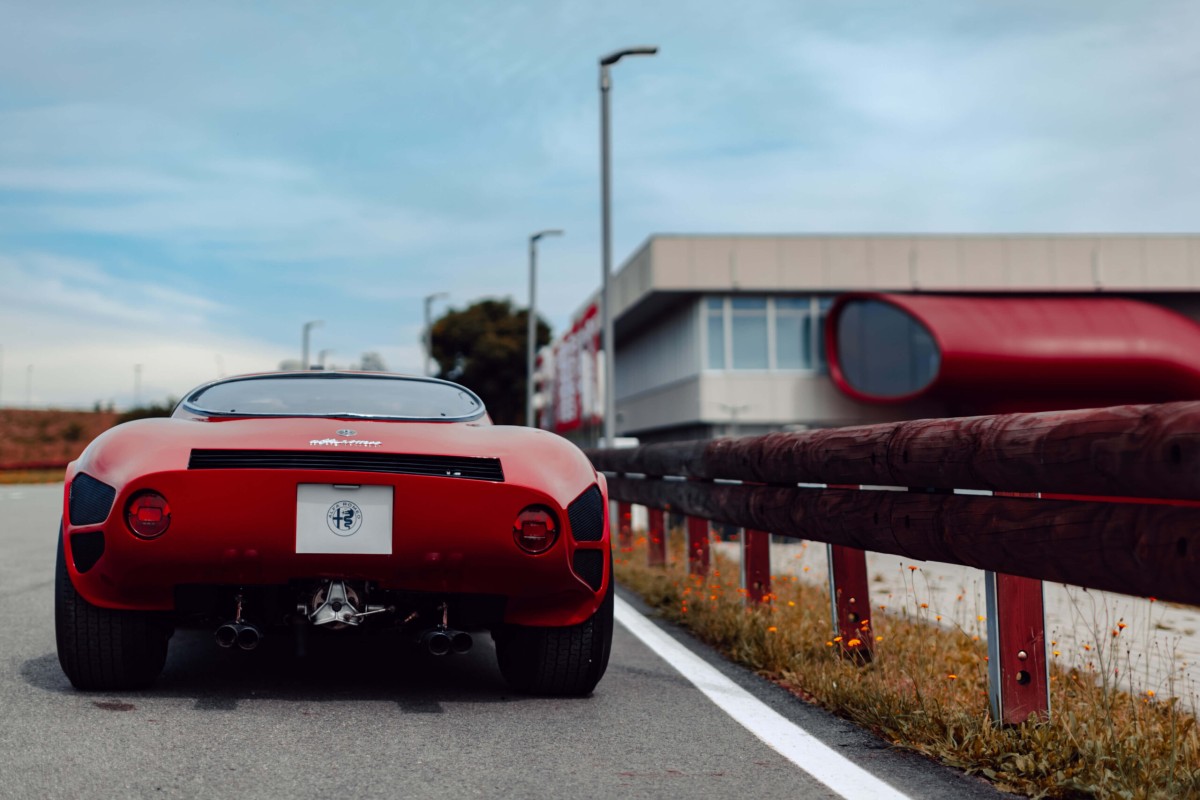
Through the collector’s lens
Viewed coldly, the Stradale is a micro-supply asset with durable global demand. Seen properly, it’s a museum-grade object that still performs like a living machine. That duality of being an asset and artwork at the same time is why it sits on so many “grail” lists. Few cars manage to be this intimate at the wheel and this important in design history. Fewer still do it without bravado.
#CommodyLegends – stories about cars that inspire not only you to drive, but also to dream. Subscribe to our newsletter and be the first to receive new stories.